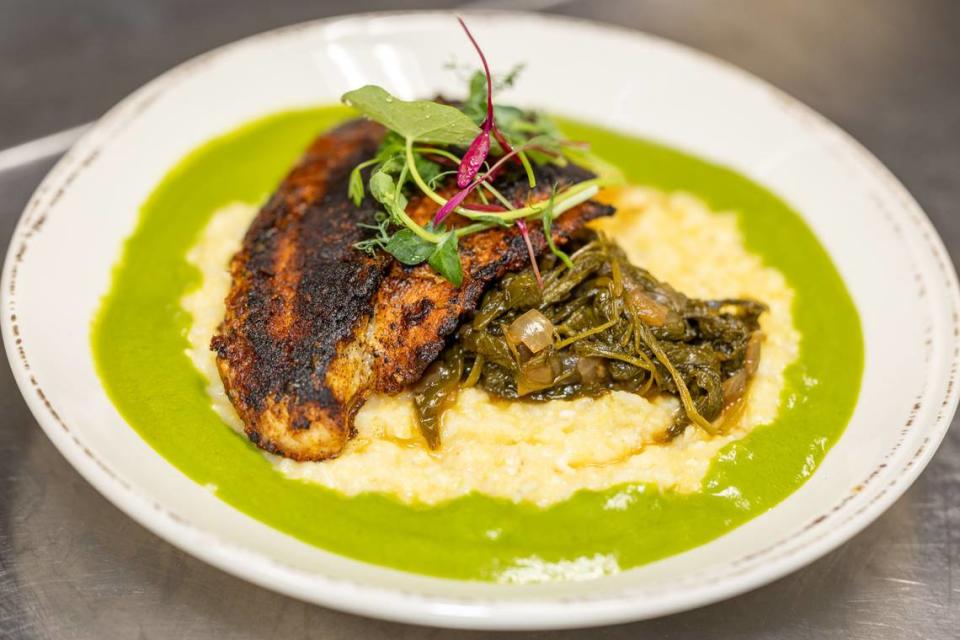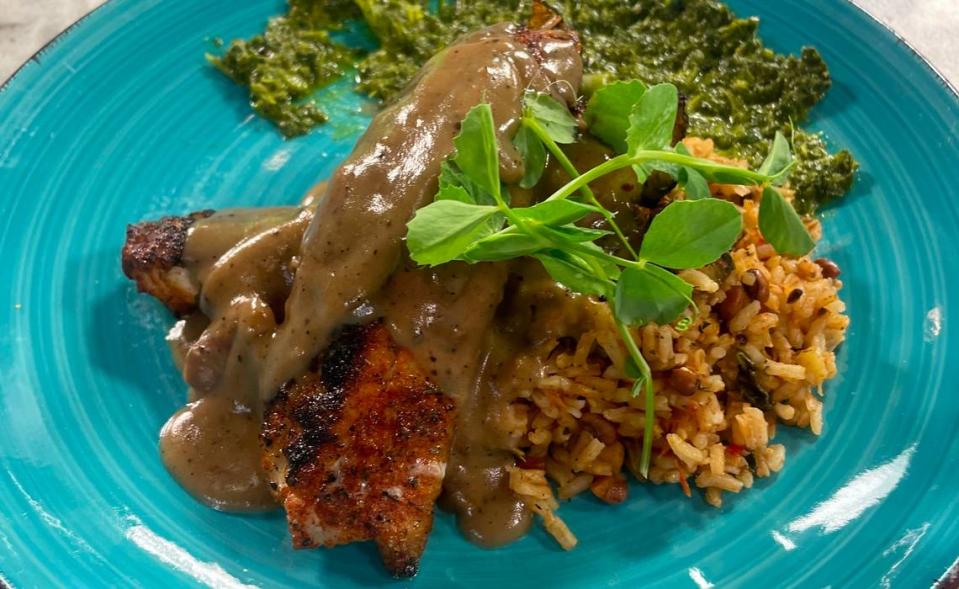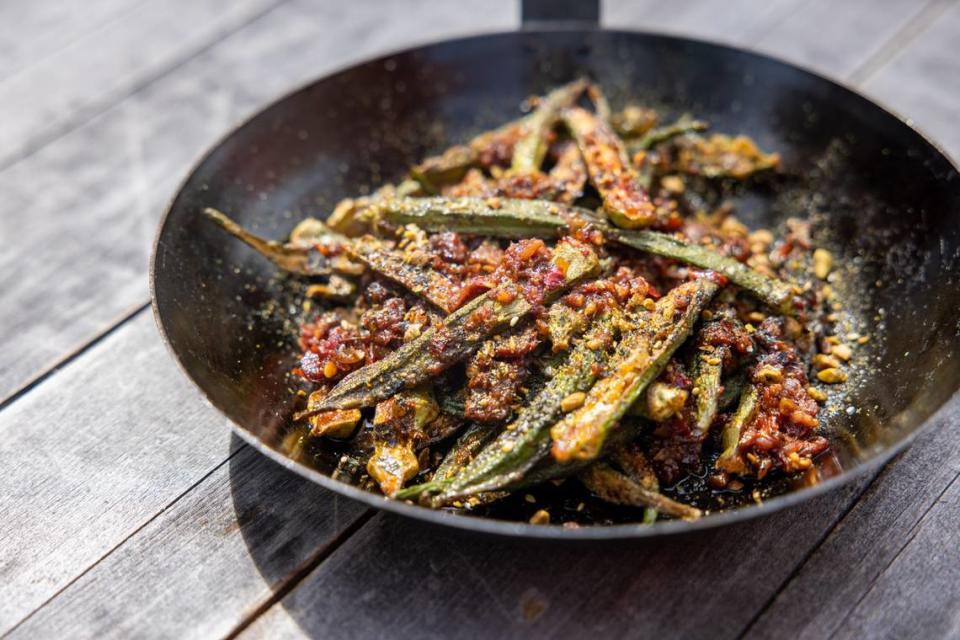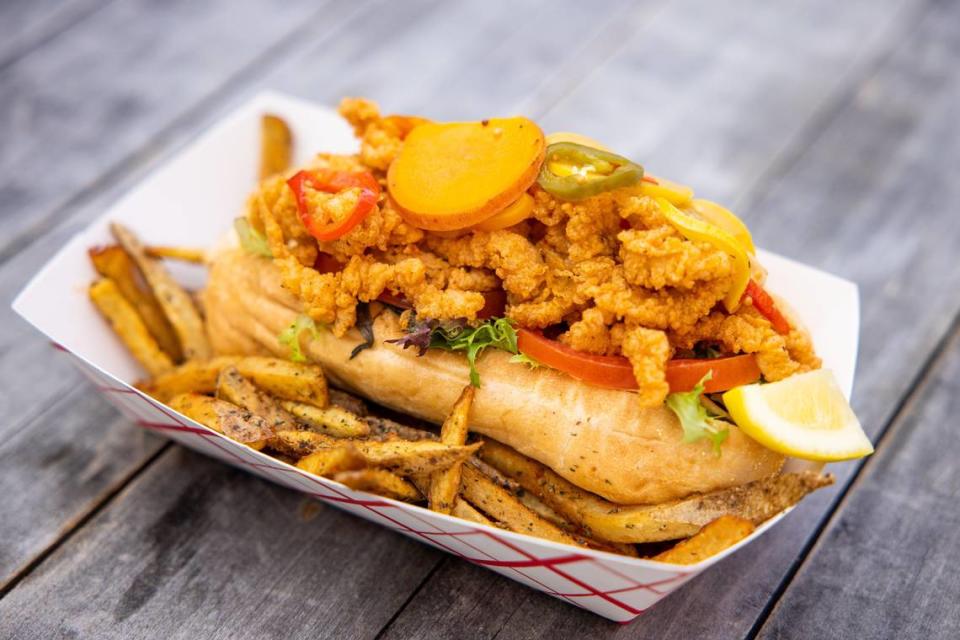There’s no taste like home, until gentrification hits at Charlotte restaurants
Chances are, there’s at least one dish that can pull you right back into a particular space and time. You grew up eating it, have passed it at weddings and funeral feasts, hotly debated whether this or that ingredient belongs in it, and your assessment of a cook’s ability may rest on this one dish. It’s more than nostalgia — it’s a building block of your identity.
Think of its colors, its texture. Can you taste it? Now, imagine it vanishing from the table.
It’s already happening in many communities. As skyrocketing housing costs push affluent buyers into working-class Black and brown neighborhoods, a silent “discovery tax” is levied against the people who’ve lived there for generations. Mainstream America draws on marginalized groups to feed its hunger for the next cool thing: slang, music, style — and increasingly, food.
Oxtails: From trash to $20 a pound
But with increased demand comes drastically increased prices. Take oxtails. The infamously tough cut of meat used to be considered literal trash; butchers threw them out or sold them to poor Black Southerners for pennies on the dollar. In those humble kitchens, a secret bubbled: cooking tails slow and low for hours yielded a richly flavored, velvet-tender delight unrivaled in the finest dining rooms.
Thanks to a rise in popularity due in part to social media and celebrity chefs, it’s now close to $20 a pound and can be found on everything from $40-dollar pizzas to hipster cheesesteaks and specialty tacos.

Cuisine is more than the sum of its parts. It’s a class and income marker, subject to the same positive or negative biases that power the society in which it exists. This is why some foods are elevated over others. A $200 tab on dinner for two at a French restaurant might barely raise an eyebrow; expectations at, say, a Mexican restaurant in Charlotte would significantly differ.
Food that’s cheap, plentiful and capable of feeding large numbers of people is part of the tapestry of a community. It starts as a means of survival and over the years, is developed by countless hands until a flavor profile and set of techniques to best cultivate it becomes the standard. But when those dishes are discovered by people ignorant of the context and untouched by the constraints that forged its use in the first place, something vital is lost.

‘Our culture wouldn’t be here without the oxtail, the greens and cabbage’
Food gentrification separates the product from its producers, resulting in less of the authenticity and ingenuity vital for continued growth. Daryl “DC” Cooper, one half of the chef/owner team behind James Beard-nominated Jimmy Pearls, specializes in bringing authentic Virginia tidewater dishes to Charlotte. Preserving knowledge of foodways is about more than history, he says, but also honor.
“Without the food that I’m serving you, you wouldn’t be here. It sustains our culture. Our culture wouldn’t be here without the oxtail, the greens and cabbage,” Cooper told CharlotteFive.

Okra, whose gelatinous flavor figures prominently in African, Asian, Caribbean, and Southern recipes, has seen a similar trajectory. Ditto for kale, which until recently was considered the poor man’s collards and used to pad pots of greens to fill more bellies. Most any food branded as a superfood today has roots in an ethnic or indigenous community, and at one time was much less expensive.
Cooper said he won’t stop serving these bedrock cultural foods anytime soon. “Just don’t be mad about paying a little extra for it.”

And people enjoying another culture’s cuisine is not the issue. Food is supposed to be shared, after all. It’s only when these dishes are separated from historical context, traditional preparations and moved out of reach for many in the communities of origin that it becomes gentrification.
‘... Before, it was a very cheap meat. It was a sea cockroach, a regional specialty …’
Chef Chayil Johnson of Charlotte’s Community Matters Cafe saw this with crawfish. Growing up in New Orleans, he could get it easily for a couple of dollars a pound. It was a common delicacy perfected in Black homes and restaurants for generations. Nowadays, the 28-year-old says it’s closer to $14 a pound.
While some of the increase is due to inflation and ecological disasters like 2010’s BP oil spill, he also credits social media for spreading its popularity beyond its native Southeast and Gulf regions to the Northeast and out West. Now, there’s also a difference in perception.

“I’m seeing crawfish used in fine dining whereas before, it was a very cheap meat. It was a sea cockroach, a regional specialty not readily eaten outside of Louisiana and Mississippi and Florida,” Johnson said.
“It’s suddenly deemed to be worth more.You see this in a lot of brown and Black ethnic food. I like shining a light on [dishes] and showcasing them with more high-end techniques, but I never want it to be lost that its worth was always there.”


